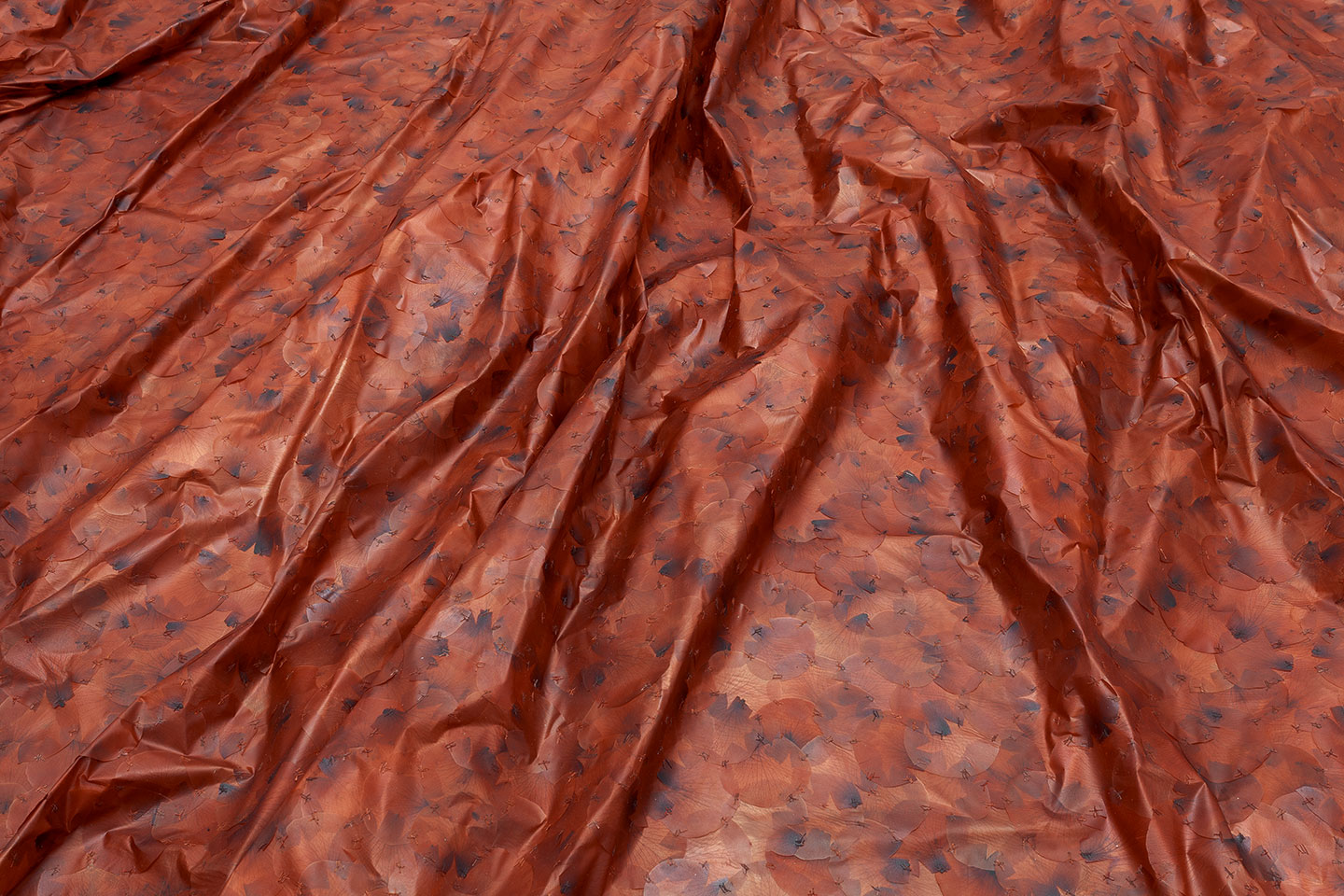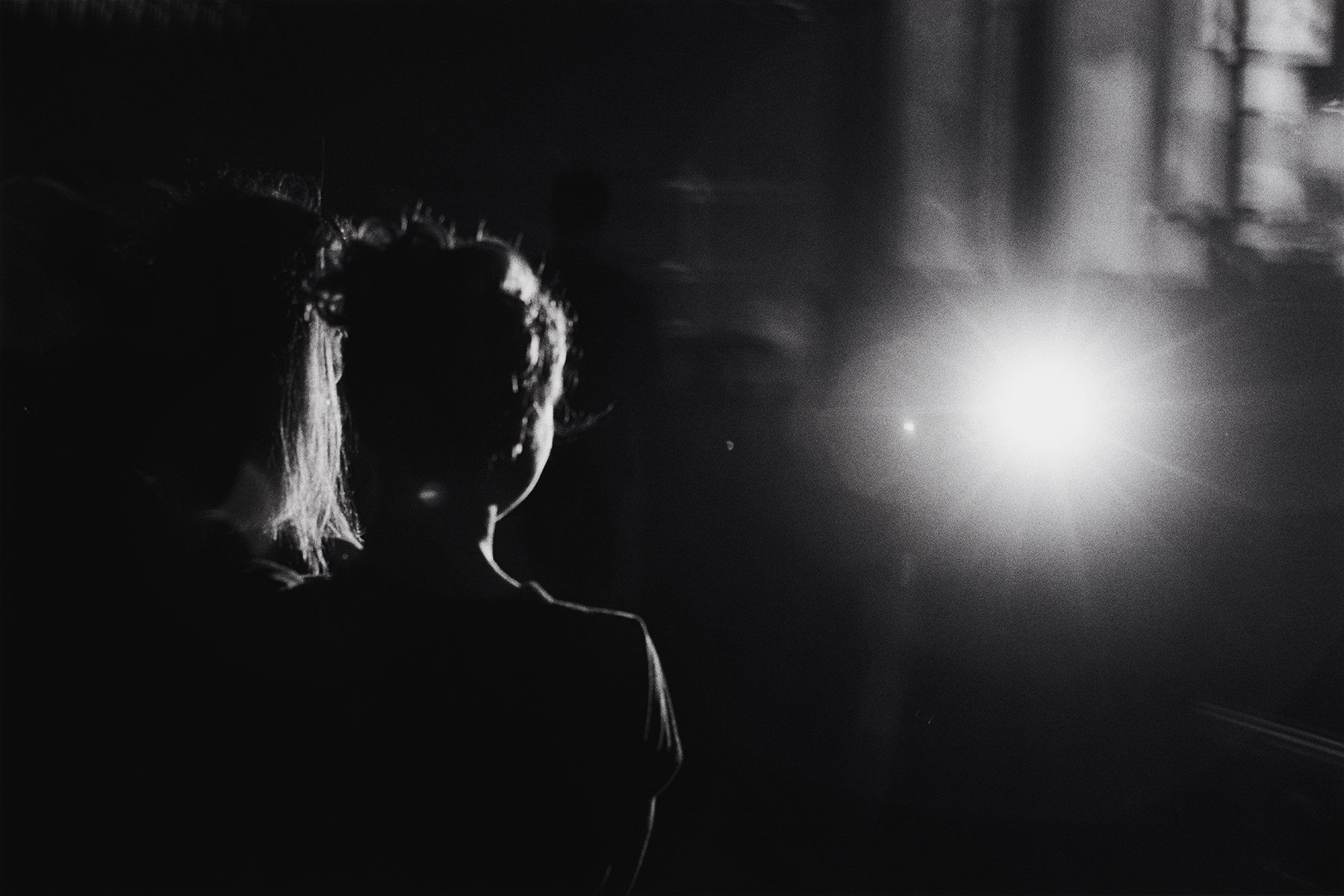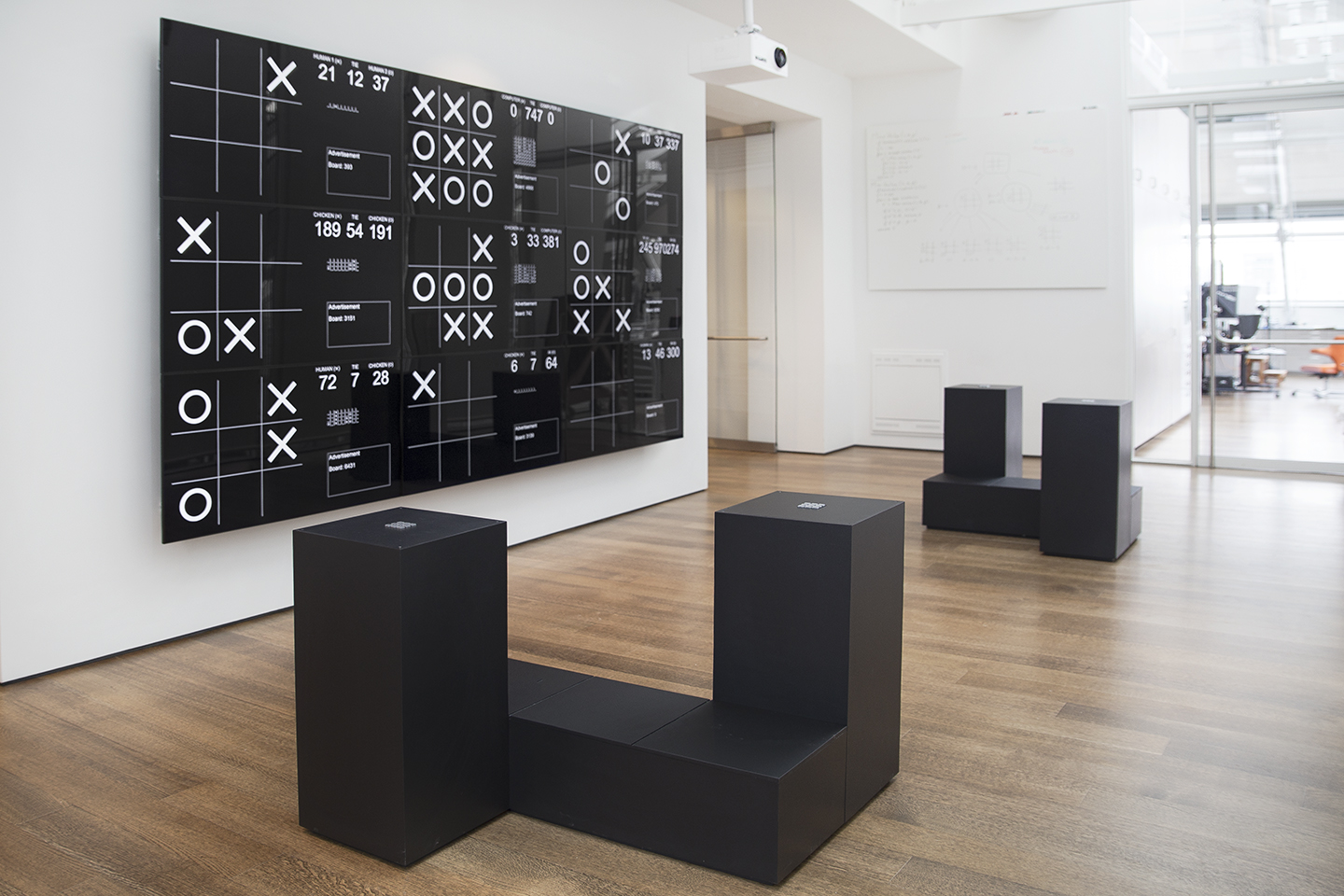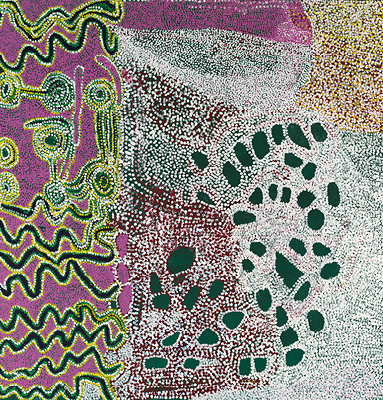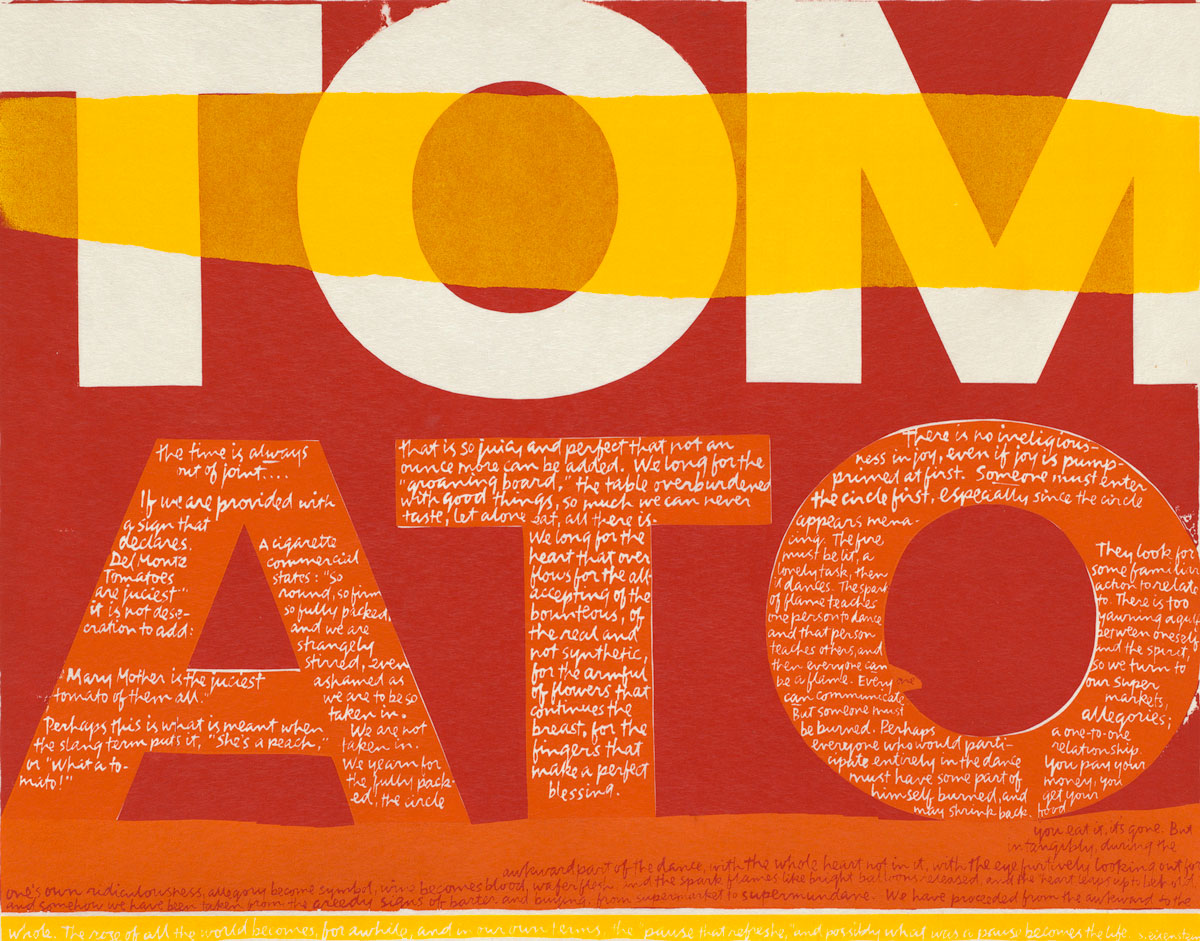November 4, 2016–April 9, 2017
Cambridge 02138
USA
Hours: Monday–Sunday 10am–5pm
Doris Salcedo: The Materiality of Mourning brings together a deeply evocative constellation of recent works by Doris Salcedo (Colombian, b. 1958), the renowned Bogotá-based artist known for her sculptures and public installations that respond to the testimonies of survivors and victims of political violence. Evoking themes such as the lasting grief of war, Salcedo’s works honor, acknowledge, and mourn those lost to oppression and political violence in Colombia and beyond. The pieces also address 20th-century preoccupation with materiality and the object; however, Salcedo’s artistic process is distinctive in the way it fuses painstaking research with works fastidiously made by hand.
The Materiality of Mourning features four separate installations, with a number of Salcedo’s works created between 2001 and today. These include the Harvard Art Museums’ recent acquisition, A Flor de Piel (2013), which will be shown publicly for the first time in this exhibition. A room-size tapestry comprised of thousands of preserved hand-sewn red rose petals, the work is intended as a shroud for a nurse who was tortured to death in the Colombian war.
Additional objects on view include a selection of Salcedo’s seminal sculptures, on loan from private and public collections as well as from the artist herself. Several works incorporate domestic furniture in unsettling configurations. Thou-less (2001–02), for instance, is comprised of carved, stainless steel chairs that are at once familiar and strange. Other works highlight how Salcedo has recently pushed her commitment to materiality and its expressive possibilities to new extremes. These include four works from the "Disremembered" series, individual ephemeral blouse-like sculptures that are constructed of handwoven silk threads filled with tiny needles. Each "Disremembered" sculpture provides a spectral contrast to Salcedo’s dense physically imposing works, such as the two untitled furniture pieces (2008) made of wood, metal, and concrete—with a combined weight of over 1,800 pounds—that will also be shown in the exhibition.
The accompanying illustrated catalogue, published by the Harvard Art Museums and distributed by Yale University Press, draws on more than a decade of research by exhibition curator Mary Schneider Enriquez, who delves into Salcedo’s complex artistic practice, the significance of materiality, and the political context informing her work. An essay by conservation scientist Narayan Khandekar explores the artist’s use of organic and nontraditional materials, particularly with regard to the conservation challenges they pose. The catalogue also includes a contribution from Salcedo herself, reflecting on the philosophical underpinnings of her work and on her decision to remain working in her native Colombia.
Related programming: Information about events related to the exhibition, gallery talks in English and Spanish, as well as film screenings and other programs, can be found in our calendar.
Organized by the Harvard Art Museums. Curated by Mary Schneider Enriquez, Houghton Associate Curator of Modern and Contemporary Art at the Harvard Art Museums.
The exhibition is made possible by the Nancy A. Nasher and David J. Haemisegger Family, the Charles O. Wood III and Miriam M. Wood Foundation, Marguerite Steed Hoffman and Thomas W. Lentz, Catherine Marcus Rose and William Rose, Bridgitt and Bruce Evans, Mark N. Diker and Deborah A. Colson, and Elaine Levin. In addition, the following endowed funds have provided crucial support: the Agnes Gund Fund for Modern and Contemporary Art; the Alexander S., Robert L., and Bruce A. Beal Exhibition Fund; and the Harvard Art Museums Mellon Publication Funds, including the Henry P. McIlhenny Fund. Modern and contemporary art programs at the Harvard Art Museums are made possible in part by generous support from the Emily Rauh Pulitzer and Joseph Pulitzer, Jr., Fund for Modern and Contemporary Art.
